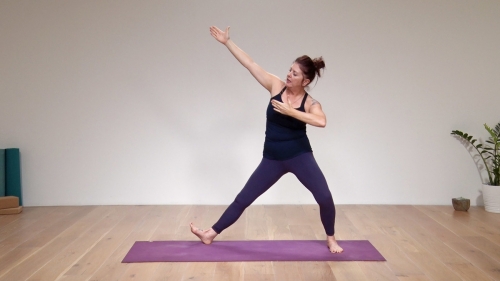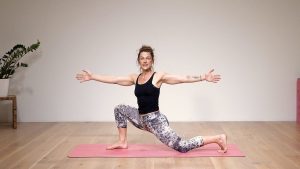
A remarkable and dynamic practice, somatic yoga emphasizes the integration of movement, breath, and awareness to promote relaxation, release tension, and enhance overall well-being. As specialists delve deeper into this innovative field, they often wonder: are there specific poses or movements used in somatic yoga?
Understanding Somatic Yoga:
A comprehensive health practice, somatic yoga—also referred to as somatics or somatic movement therapy—highlights the intelligence innate in the body and the relationship between the brain and body. Somatic yoga emphasizes more subtle, intentional movements that foster self-awareness, inquiry, and mindfulness than traditional yoga practices, which primarily focus on static positions, or asanas.
Somatic yoga incorporates a wide range of postures and movements designed to awaken and revitalize the body, release intense tension, and promote mobility. Despite the absence of official groups or poses, somatic yoga often employs standards and specific movements to cultivate awareness and mindfulness.
Exploring Key Movements in Somatic Yoga:
Pandiculation:
As a complete health regimen, know about what is somatic yoga; it emphasizes the brain-body connection and the inherent intelligence of the body. More subtle, deliberate movements that promote self-awareness, inquiry, and mindfulness are the emphasis of somatic yoga compared to traditional yoga practices, which mostly concentrate on static poses, or asanas.

Sensory Awareness:
By stressing apparent mindfulness, somatic yoga enables individuals to become connected to their bodies’ sensations and input while navigating a variety of poses and motions. Professionals can expand their self-association and achieve more notable simplicity and relaxation.
Slow and fluid movements:
In contrast to traditional yoga practices that may include holding positions for extended periods of time, somatic yoga emphasizes calm, flowing movements that promote relaxation and release. Professionals should move with anticipation and caution, allowing the body to gradually relax and release pressure.
In somatic yoga, there is unquestionably no rigid sequence of poses, unlike in traditional yoga. All things considered, the focus is on fluid, deliberate motions that encourage unwinding, discharge, and function with a deeper connection to the body. Pandiculation, physical attentiveness, or fluid, leisurely movements—somatic yoga provides a holistic approach to well-being that addresses the needs of the body, mind, and spirit.
A unique and innovative approach to health treatment, somatic yoga emphasizes deliberate movement, breath awareness, and hands-on exploration. Somatic yoga encourages practitioners to explore various positions and motions that promote relaxation, release tension, and enhance overall well-being, without imposing specific poses or sequences. By may unlock the body’s innate understanding and witness profound healing and transformation by including cautious, gentle movements in their training.







